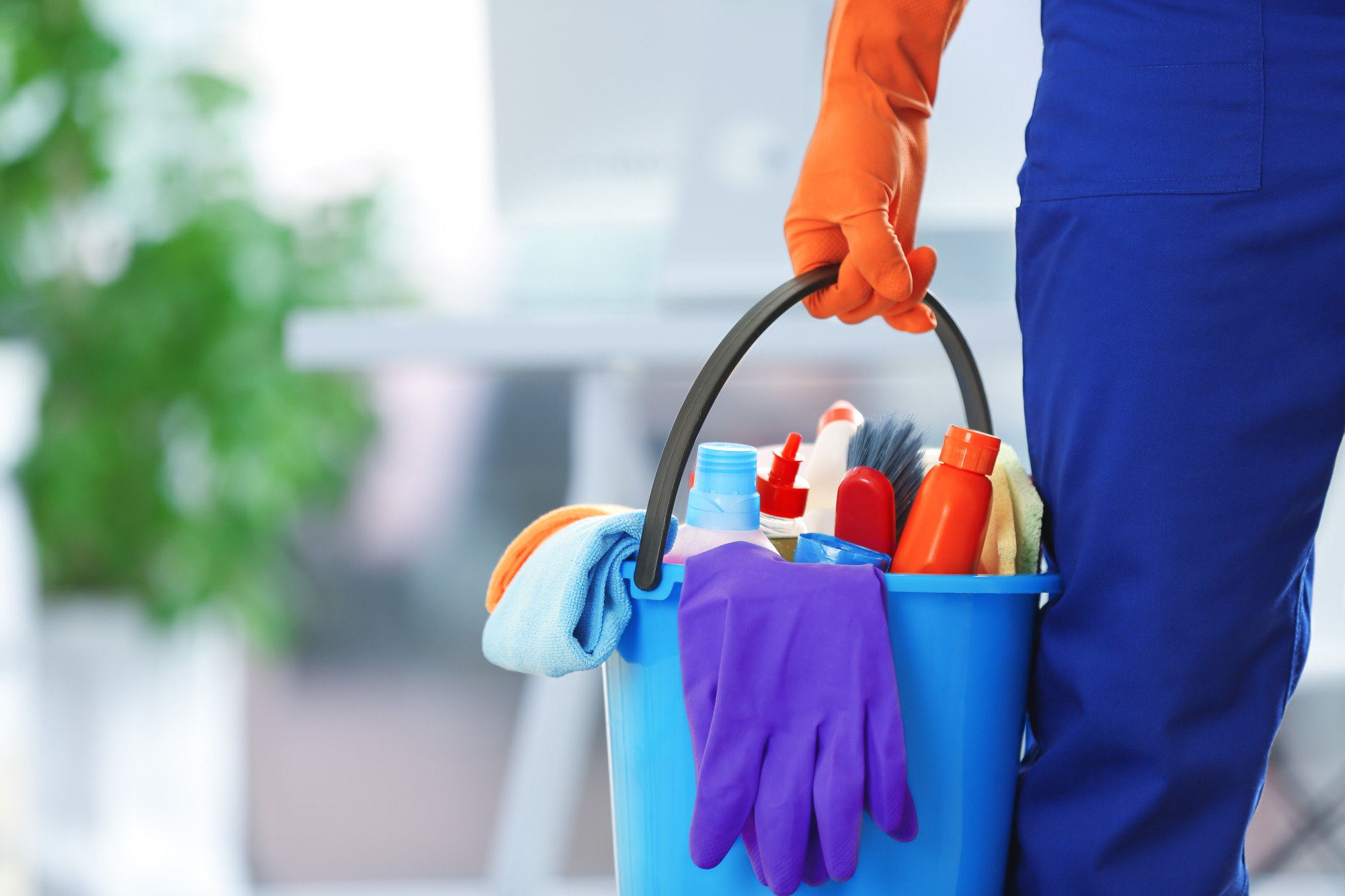Introduction
In the world of healthcare, maintaining a clean and hygienic environment is paramount to ensuring the safety and well-being of patients, staff, and visitors. Medical offices serve as hubs of healing and care, where individuals seek treatment, consultation, and support for their health needs. As such, maintaining meticulous hygiene standards is not just a matter of aesthetics—it’s a fundamental aspect of providing quality healthcare. In this article, we’ll explore the importance of medical office cleaning in ensuring hygiene and safety, the key considerations for effective cleaning protocols, and the role of professional cleaning services in achieving mastery in medical office hygiene.
Importance of Medical Office Cleaning
Medical office cleaning plays a crucial role in safeguarding the health and safety of patients, staff, and visitors. Healthcare-associated infections (HAIs) pose a significant risk in medical settings, where individuals with compromised immune systems are vulnerable to infections. Proper cleaning and disinfection protocols are essential for preventing the transmission of pathogens and reducing the risk of HAIs.
Moreover, medical offices must adhere to stringent regulatory standards and guidelines set forth by organizations such as the Centers for Disease Control and Prevention (CDC) and the Occupational Safety and Health Administration (OSHA). Compliance with these standards is critical for maintaining a safe and sanitary environment and preventing the spread of infectious diseases.
Effective Cleaning Protocols
Achieving mastery in medical office cleaning requires the implementation of effective cleaning protocols that address the unique challenges and requirements of healthcare environments. Some key considerations for effective cleaning protocols include:
Targeted Disinfection: High-touch surfaces, such as doorknobs, light switches, and countertops, are hotspots for the transmission of pathogens. Targeted disinfection of these surfaces is essential for preventing the spread of infections and reducing the risk of cross-contamination.
Sterilization of Medical Equipment: Medical equipment, such as examination tables, diagnostic tools, and treatment devices, must be sterilized regularly to ensure patient safety. Sterilization protocols should be followed meticulously to eliminate harmful microorganisms and prevent the transmission of infectious diseases.
Waste Management: Proper waste management is critical for preventing the spread of infections and maintaining a clean and sanitary environment. Medical waste, including sharps, biohazardous materials, and infectious waste, must be disposed of according to regulatory standards to minimize the risk of exposure to pathogens.
Indoor Air Quality: Indoor air quality plays a significant role in maintaining a healthy environment in medical offices. HVAC systems should be equipped with high-efficiency particulate air (HEPA) filters to remove airborne contaminants, such as dust, pollen, and bacteria, and promote a clean and breathable atmosphere.
Ongoing Training and Education: Healthcare staff should receive ongoing training and education on infection control practices, cleaning protocols, and regulatory standards. This ensures that they are equipped with the knowledge and skills necessary to maintain hygiene and safety in medical settings effectively.
Role of Professional Cleaning Services:
Professional cleaning services play a vital role in achieving mastery in medical office cleaning. These services offer expertise, experience, and specialized equipment necessary to address the unique challenges of healthcare environments. Some key benefits of professional cleaning services include:
Expertise in Infection Control: Professional cleaners are trained in infection control practices and have a deep understanding of the transmission pathways of pathogens in medical settings. They employ specialized cleaning techniques and hospital-grade disinfectants to ensure thorough disinfection of surfaces and equipment.
Compliance with Regulatory Standards: Professional cleaning services ensure that medical offices remain compliant with regulatory standards and guidelines for cleanliness and hygiene. They stay abreast of changes in regulations and implement protocols accordingly to maintain compliance and prevent regulatory violations.
Customized Cleaning Plans: Professional cleaning services develop customized cleaning plans tailored to the specific needs and requirements of each medical office. They conduct thorough assessments of the facility to identify areas of concern and develop cleaning protocols that address these issues effectively.
Advanced Equipment and Technology: Professional cleaners utilize advanced equipment and technology to achieve superior cleaning results. From HEPA vacuum cleaners and steam cleaners to UV disinfection devices and electrostatic sprayers, they employ cutting-edge tools to enhance efficiency and effectiveness in medical office cleaning.
Peace of Mind: By outsourcing cleaning responsibilities to professional services, medical offices can focus on providing quality patient care without worrying about the cleanliness and hygiene of their facilities. Professional cleaners provide peace of mind by ensuring that medical offices remain clean, safe, and compliant with regulatory standards at all times.
Conclusion
In conclusion, mastery in medical office cleaning is essential for ensuring hygiene and safety in healthcare environments. Effective cleaning protocols, adherence to regulatory standards, and the expertise of professional cleaning services are key factors in achieving cleanliness and maintaining a healthy environment in medical offices. By prioritizing hygiene and safety, medical offices can create a welcoming and supportive atmosphere that promotes patient trust, staff satisfaction, and positive health outcomes. With mastery in medical office cleaning, healthcare facilities can uphold the highest standards of cleanliness and provide quality care to their patients.




